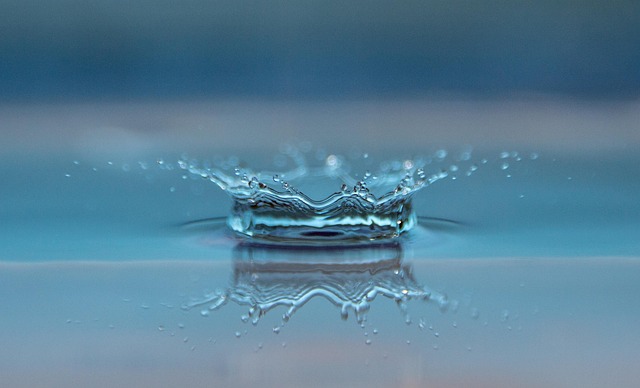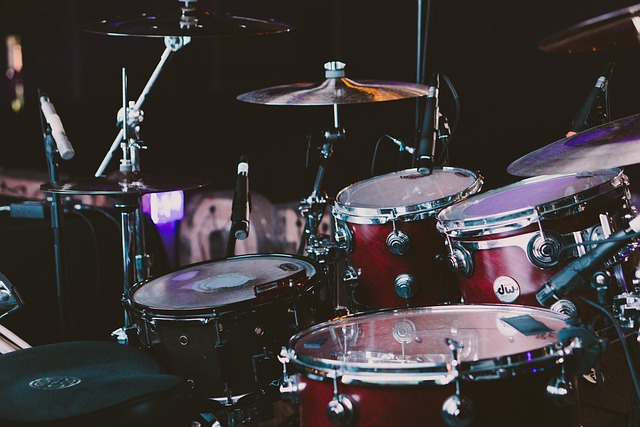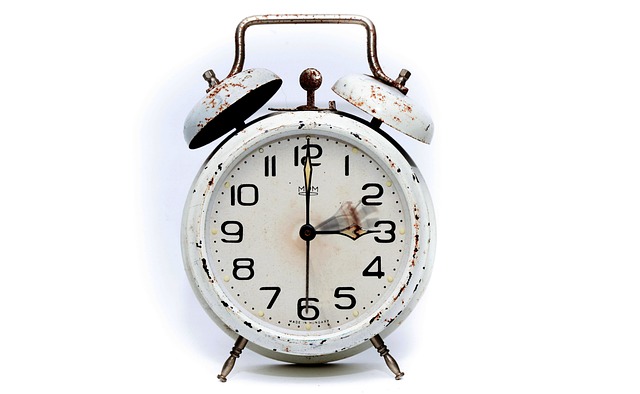In a world where trends come and go, there lies an eternal truth: the essence of art, particularly sculpture, has an inherent ability to resonate with our deepest emotions and memories. Today, we find ourselves on a journey of return—returning to the roots of expression, craftsmanship, and the raw beauty that design can embody. Sculptors, artists, and design enthusiasts alike are rediscovering the profound impact of shapes, materials, and tactile experiences that sculpture provides.
The art of sculpture is not just about the end product; it is about the relationship between the artist and their medium. Each piece begins as a concept, often driven by personal stories, cultural influences, or pure imagination. Sculptors meticulously engage with their materials, be it clay, stone, metal, or wood, allowing their creative spirit to seep into the very fibers of their work. This return to traditional techniques, paired with modern innovations, enriches the design landscape and offers a fresh perspective on time-honored practices.
As we reconnect with the art of sculpture, we become acutely aware of the dialogue that unfolds between form and space. Every curve, angle, and texture invites the observer to engage physically and emotionally with the artwork. The tactile nature of sculpture allows us to explore not just with our eyes but with our hands and hearts. This multi-sensory experience is central to design, as it reminds us that art is not merely an aesthetic endeavor; it is a vessel for expression and connection.
In this age of digital dominance, where virtual reality and artificial intelligence are reshaping how we perceive art, the return to the sculptural form stands as a powerful statement. It speaks to our innate desire for authenticity and tangible experiences. Sculptors are embracing mixed media, integrating technology while honoring traditional methods, creating pieces that bridge the gap between the past and the future. This blending of the old and the new in sculpture is not only innovative but redefines the role that art plays in our lives.
The emotional resonance of sculpture can often evoke memories, sentiments, and even cultural narratives. As we walk through galleries or public spaces adorned with sculptural works, we are reminded of our own stories and those of others. The return to public art installations has sparked a renaissance in community engagement, where large-scale sculptures become symbols of collective identity, prompting conversations and reflections about history, humanity, and the landscapes around us.
Moreover, the contemporary sculptor’s engagement with environmental themes further illustrates the return to nature and sustainability in design. Artists are finding inspiration in the natural world, using eco-friendly materials or repurposing existing objects to create poignant works of art that urge us to consider our impact on the planet. This mindful approach to sculpture not only enhances the aesthetic value of the pieces but also deepens their contextual significance in our lives.
As we dive deeper into the art of sculpture, we rediscover the narrative potential that the medium holds. Sculptures can tell stories of resilience, transformation, and beauty—elements that connect us on a fundamental level. Through this return to the physicality of art and the power of design, we are reminded that sculpture is not merely an object to admire; it is a live conversation between the artist, the material, and the observer, making it an essential part of our cultural dialogue.
With each new piece created, we open the door to introspection and understanding, inviting all to participate in the transformative power of design. The artists who craft these sculptures ignite a spark of creativity within us, encouraging both appreciation and exploration of our own artistic journeys. As we embrace this return to sculpture, we affirm the vital role that art plays in shaping our world and enriching our lives.




